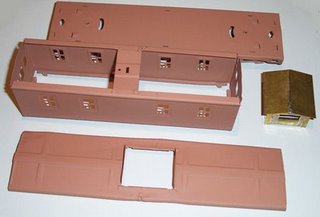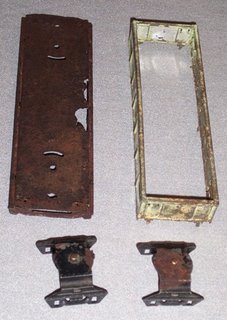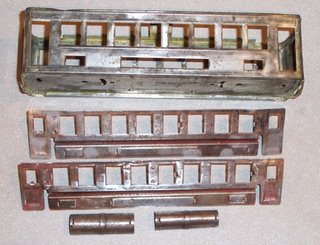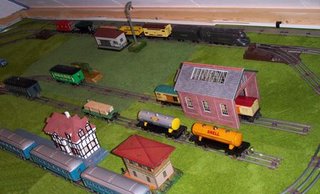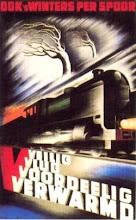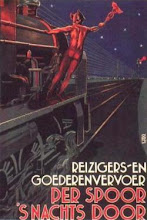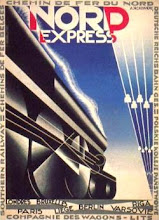


The 604 observation was waiting to get cleaned and restored for quiet some time. It was dirty and rusty. Initially I made a mistake by not priming this car. The black paint came off in a month due to some electrochemical reaction and I could redo the whole car again. Nevertheless, it is finished now and looks great. The brass fence was very dirty and was cleaned with special Brass polish and polished for several evenings. But it shines again!
The nickel air tank covers were corroded and not easily mended. I could not find new air tank covers at part suppliers and hence I started sanding them. After sanding the rust reappeared in a few days at the cracks in the nickel coating, so I decided to sand, polish, clean and varnish the covers. And up till now that seems to work quiet good. It is time to run a passenger train now!













